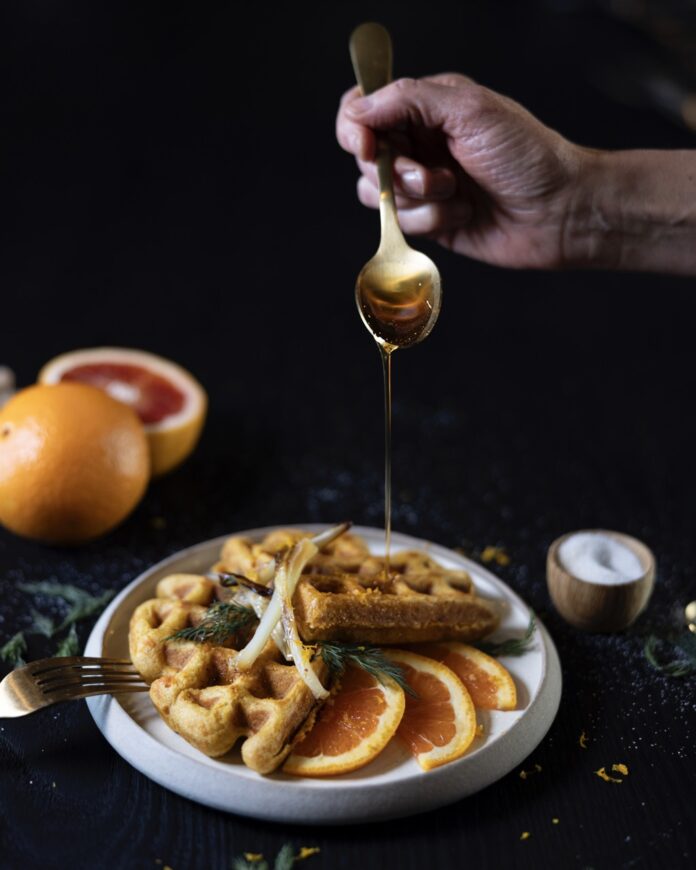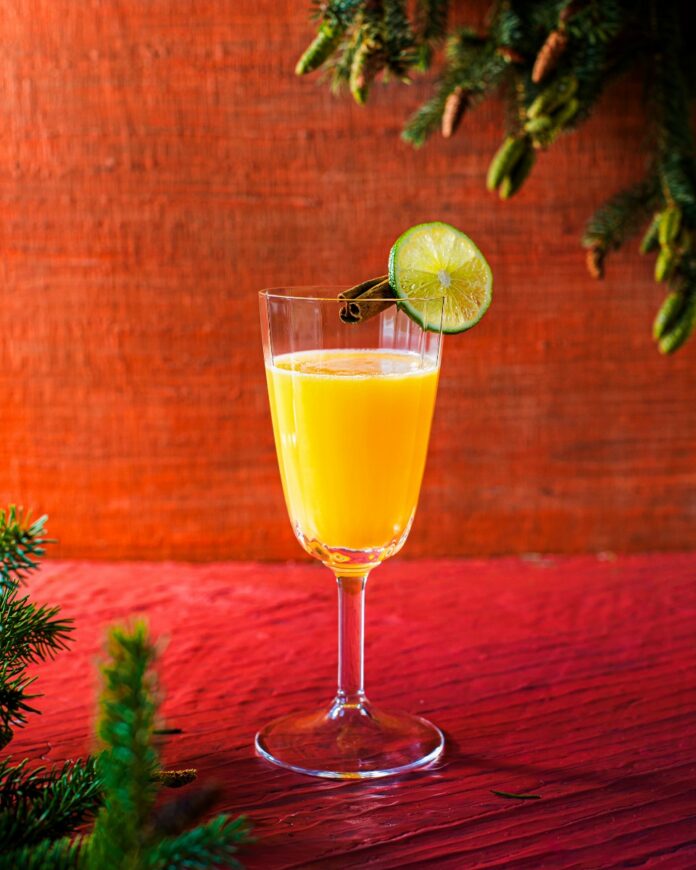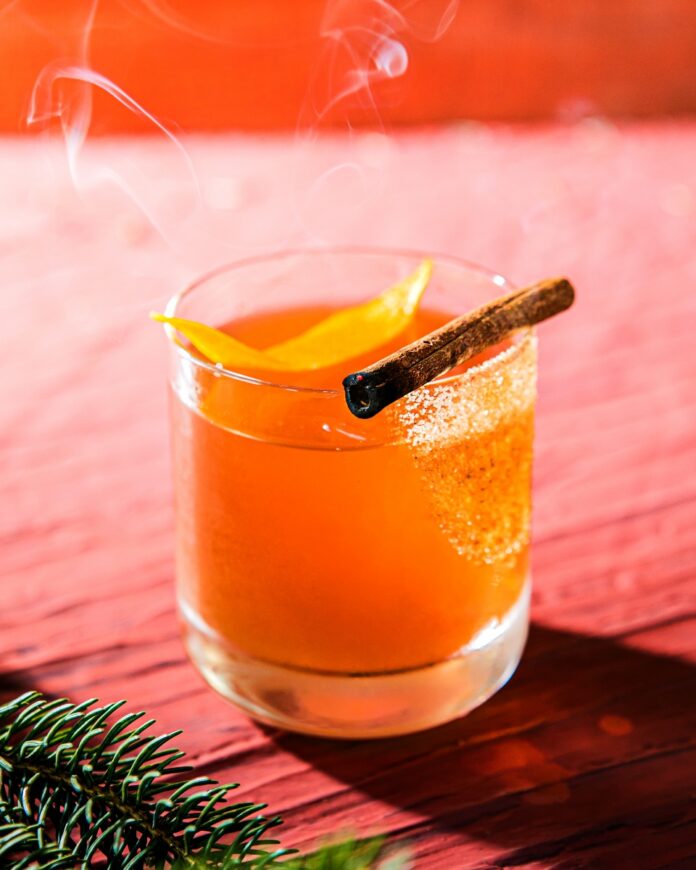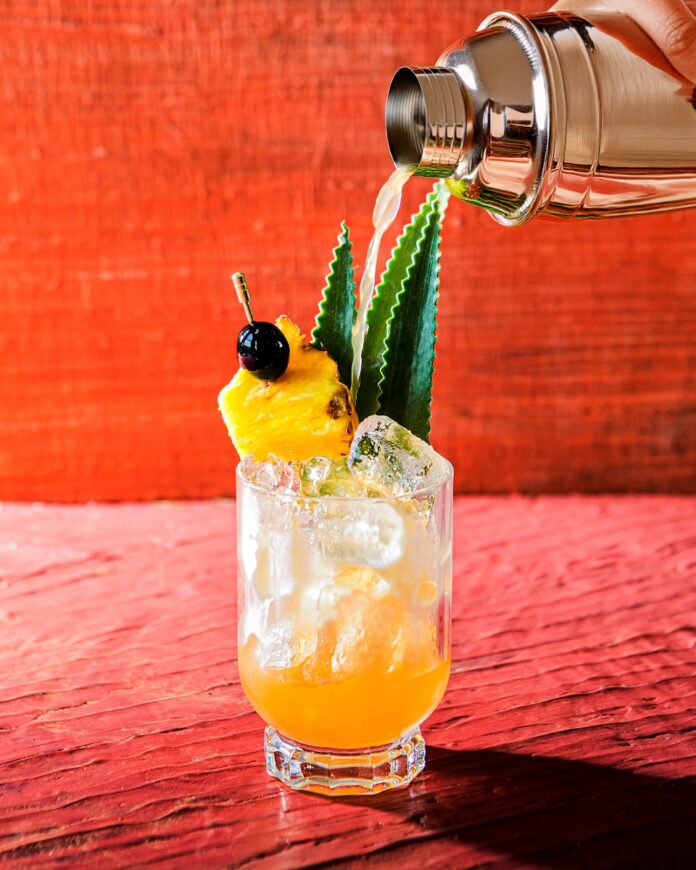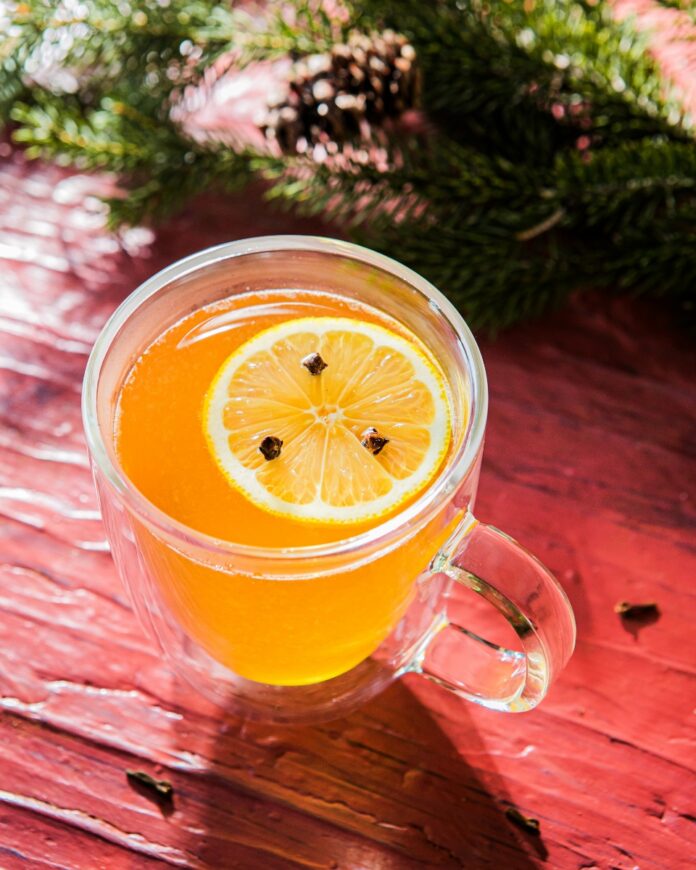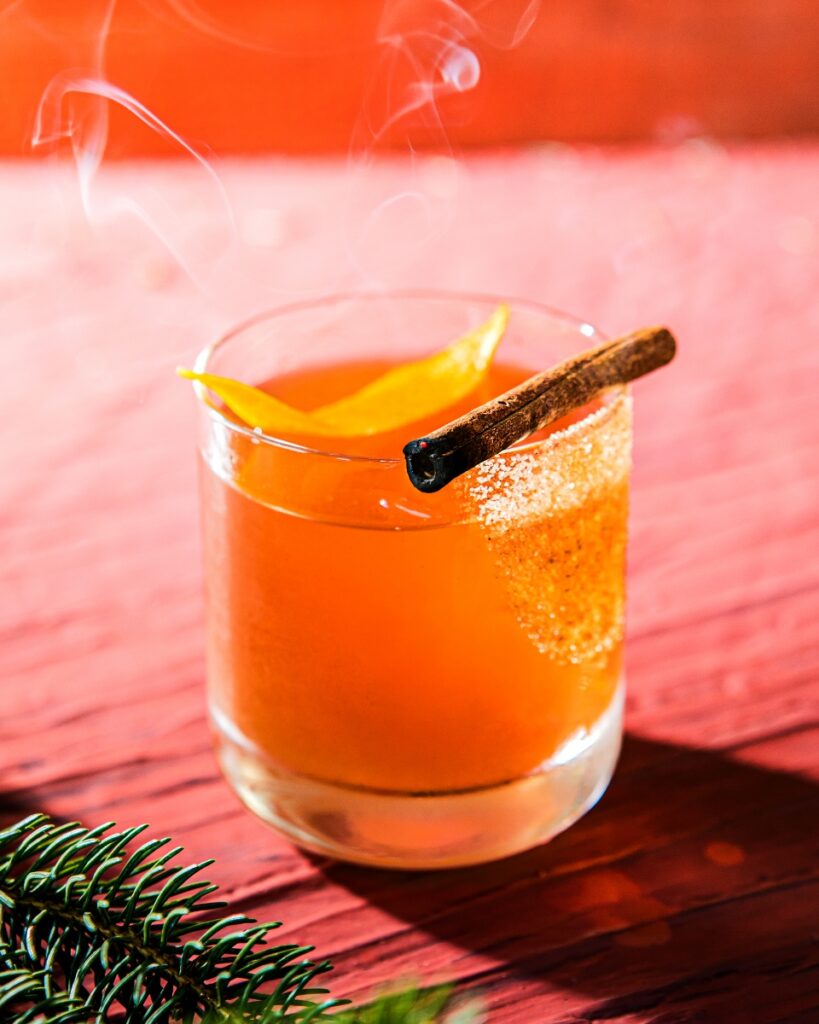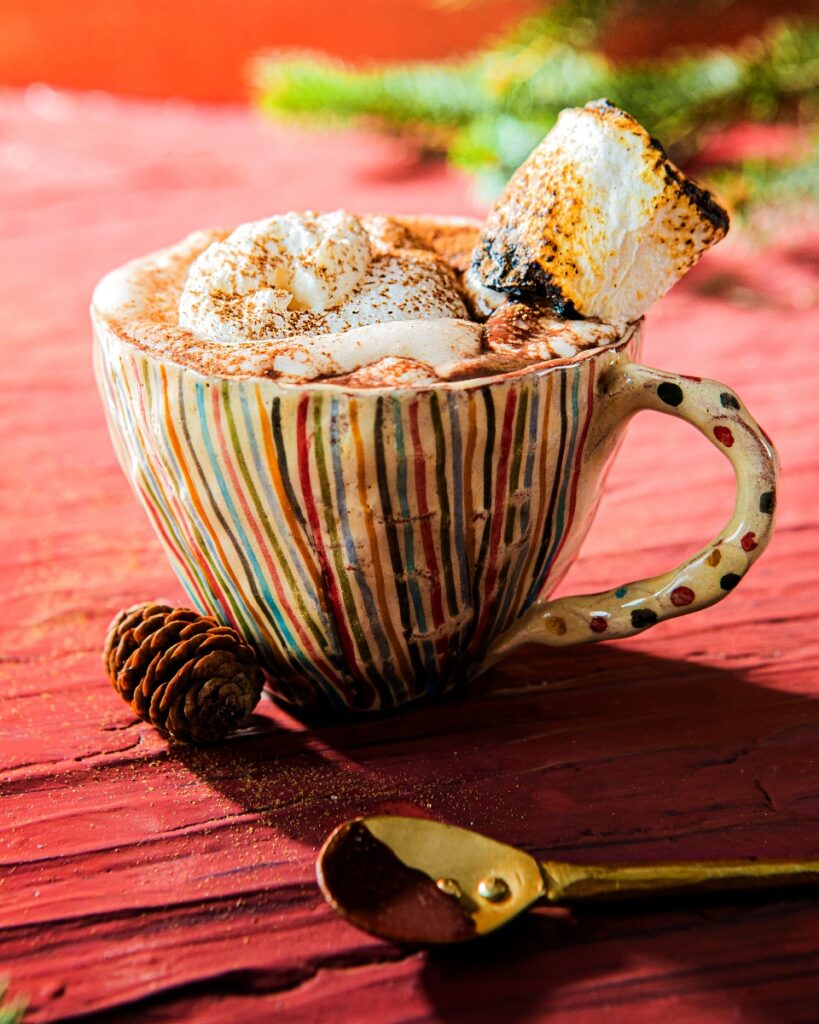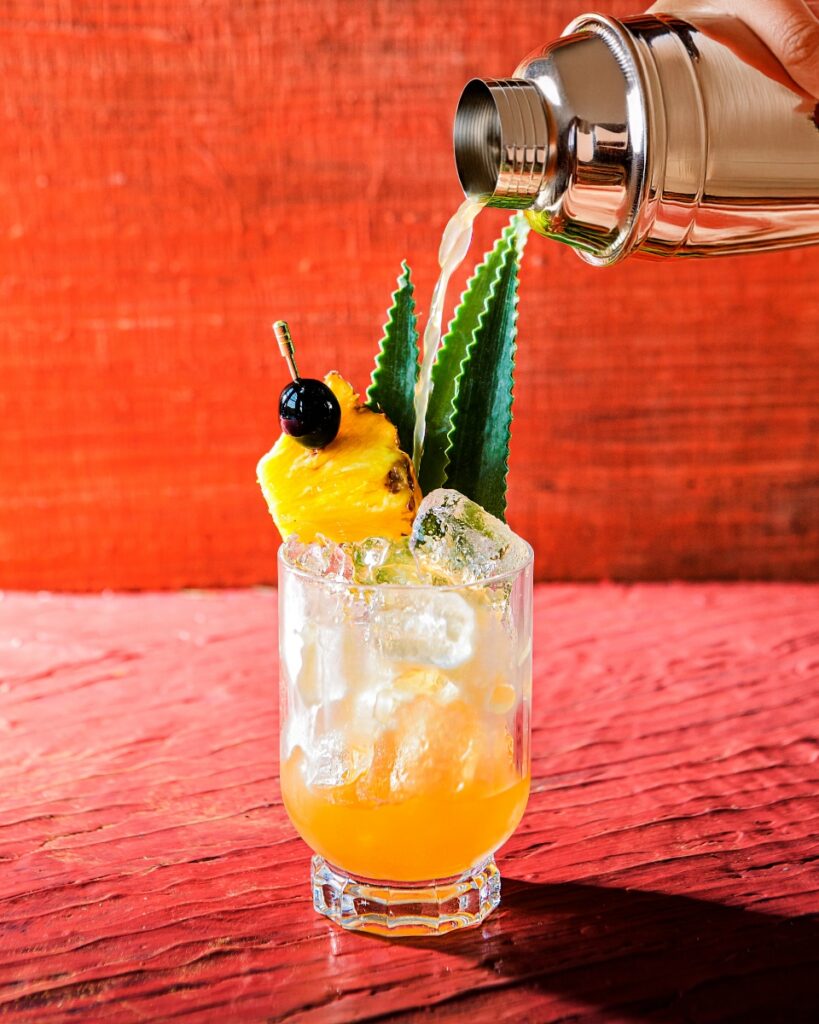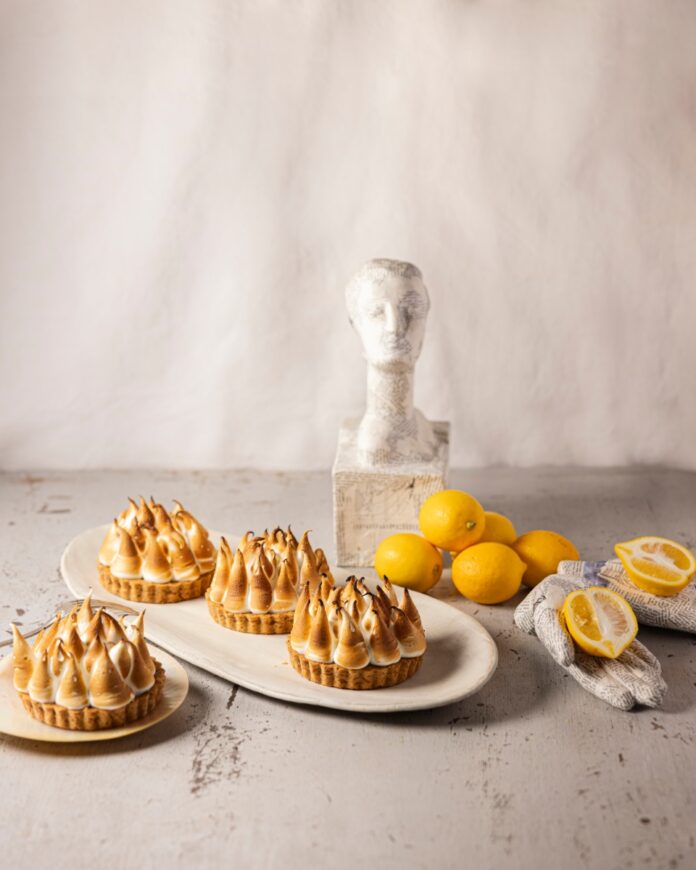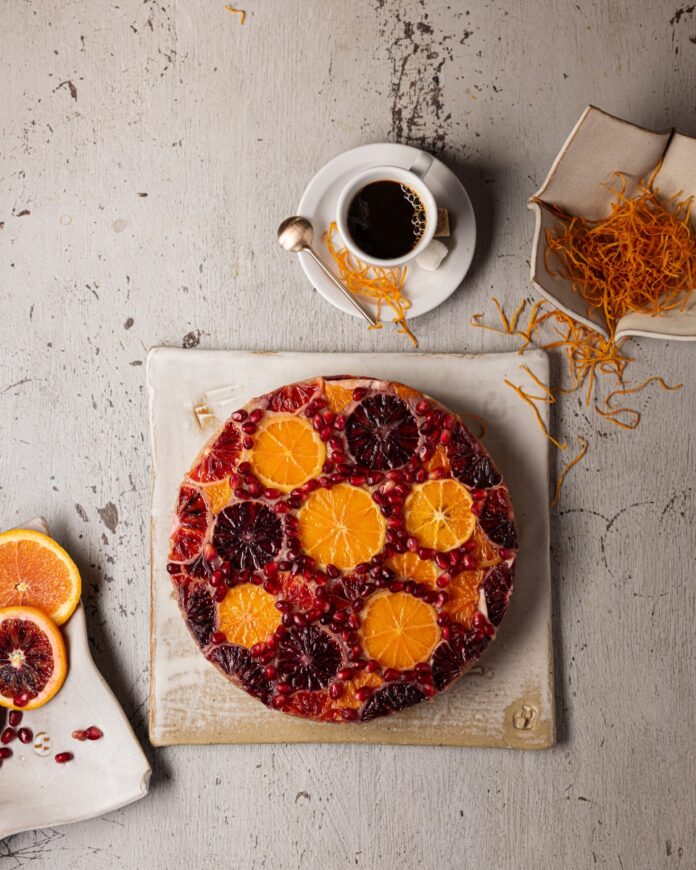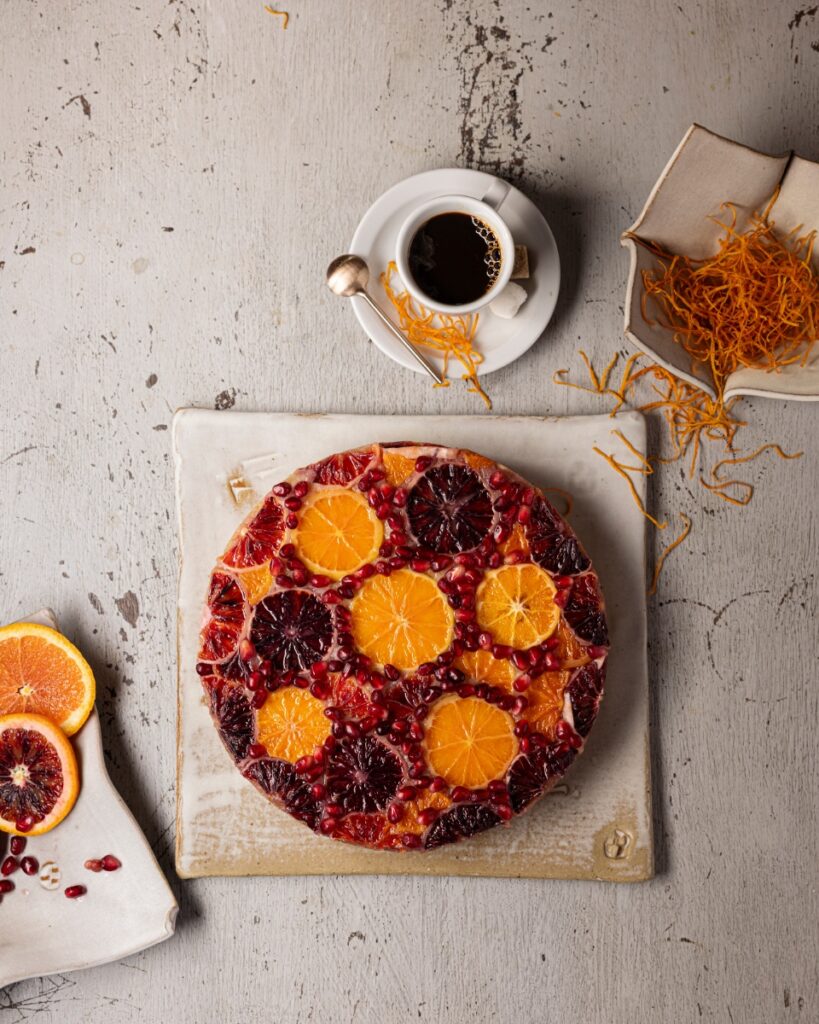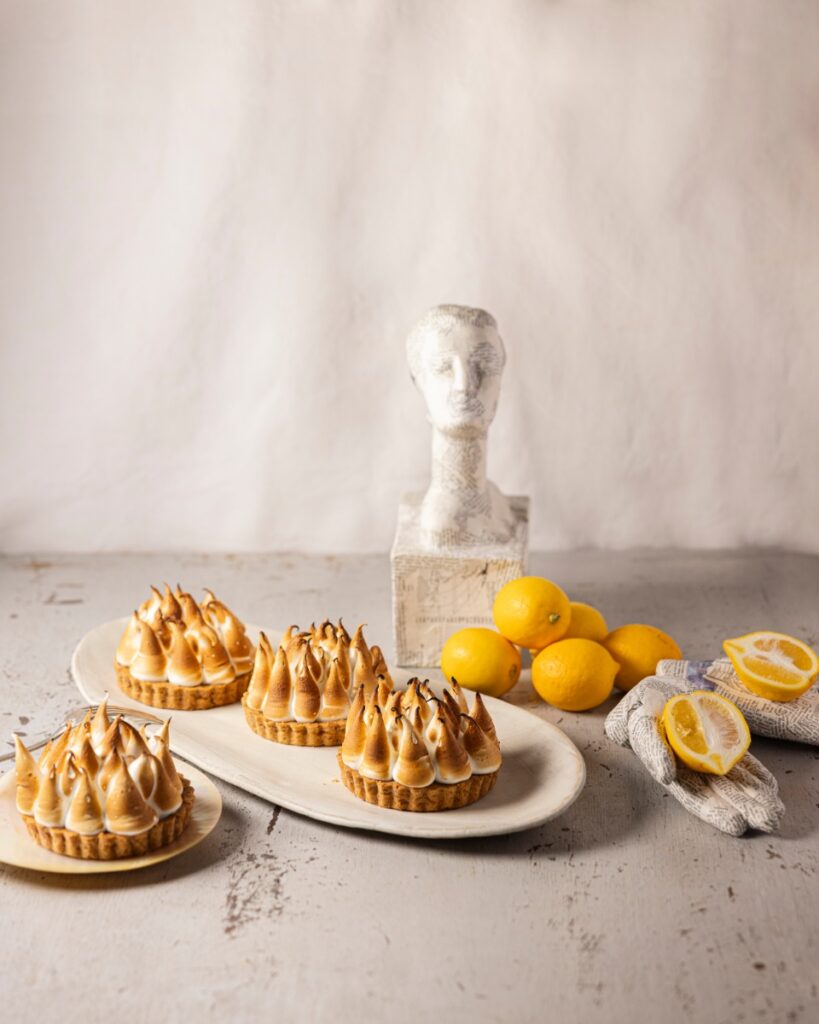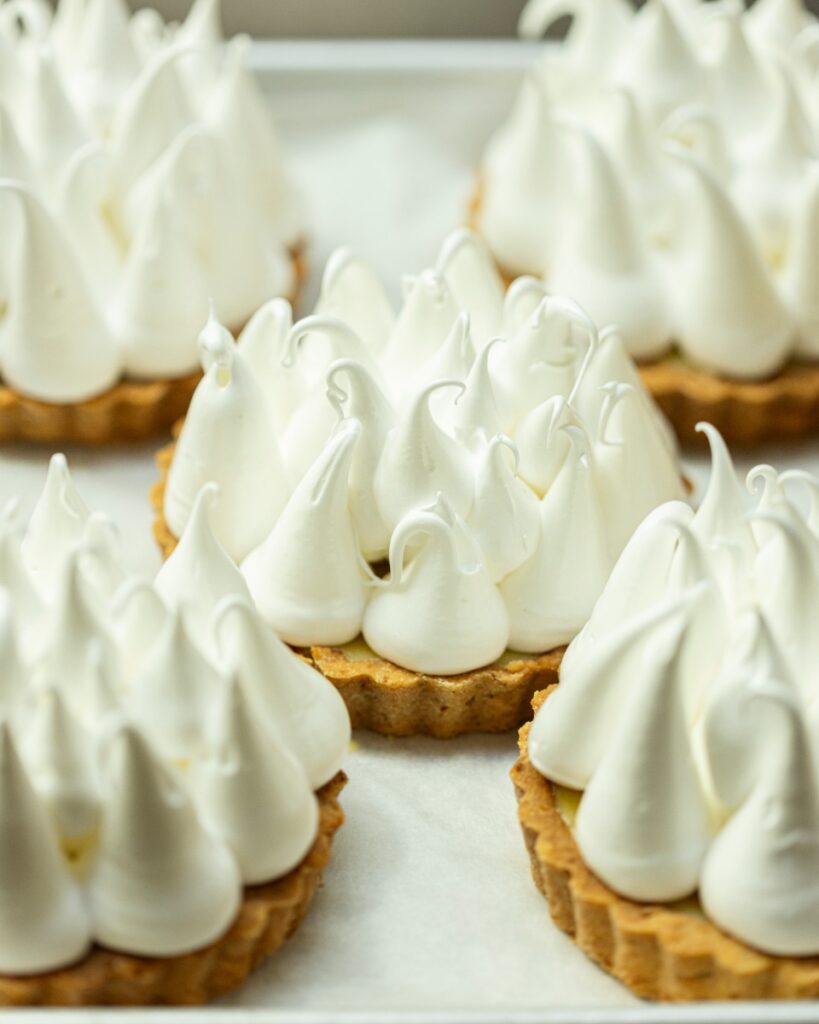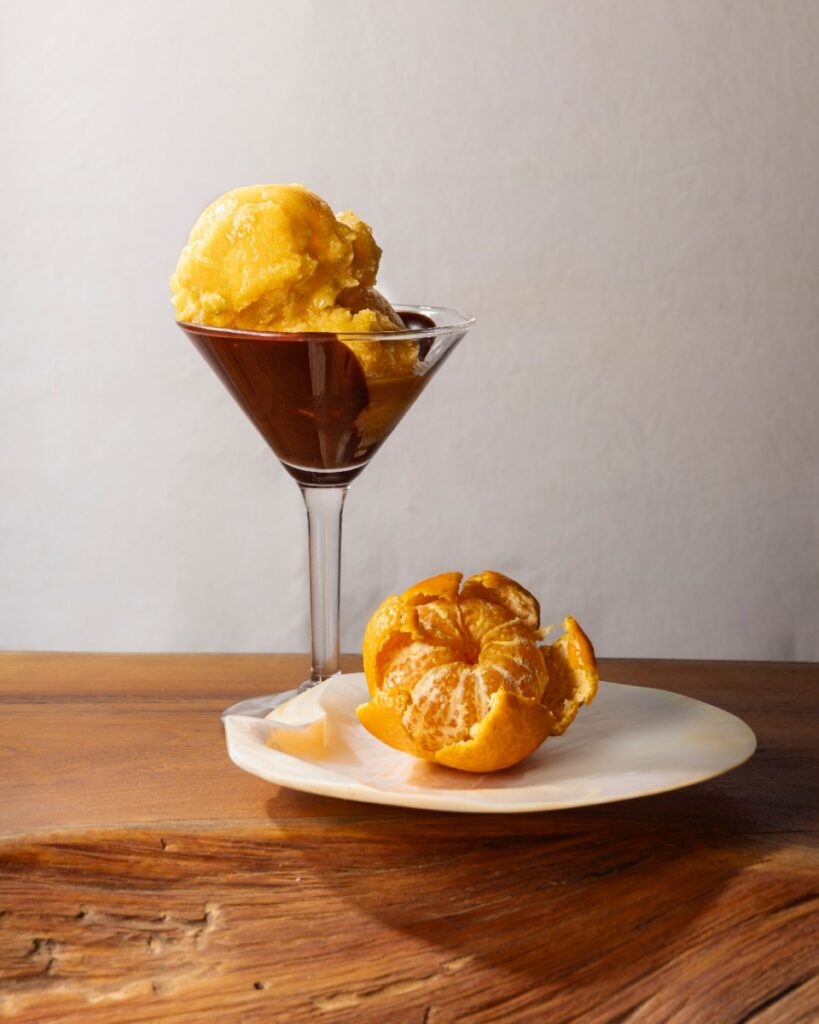Wishing your friends and family good financial fortune in the New Year is a gift in and of itself. Express that hope with golden foods like a silky citrus curd paired with crispy-edged Sweet Potato Waffles made savory and complex with the delicate anise note of roasted fennel. A bit of fresh dill cuts through the richness with a grassy freshness. If you’re feeding a crowd, you can make the waffles in batches and keep them warm in a low oven. The citrus curd can be made up to 3 days in advance.
Why Does Sweet Potato Puree Work in a Waffle Recipe?
Sweet potato puree is an excellent addition to waffle recipes because it adds moisture and natural sweetness without requiring a large amount of extra fat or sugar. The starch that’s in this puree helps to bind the batter and creates that tender and crispy final texture with a slight chew to it. Besides the texture, it infuses the waffles with a subtle earthy flavor and a beautiful golden-orange color. Make your breakfast more nutritious by packing it with vitamins A and C and extra fiber in this recipe.
Print
Sweet Potato Waffles with a Citrus Curd
- Yield: Serves 8
Description
Belgian waffles are no match for a waffle made from sweet potato puree.
Ingredients
For the sweet potato waffles:
- 2 1/2 cups all-purpose flour
- 2 tbsp brown sugar
- 2 1/4 tsp baking powder
- 1 tsp baking soda
- 1 tsp salt
- 1 tsp orange zest
- 1/2 tsp ground ginger
- 6 tbsp unsalted butter, melted
- 4 large eggs, lightly beaten
- 1 can (13–14 oz) coconut milk
- 1 1/4 cups pureed sweet potatoes
For the citrus curd:
- 2 eggs, lightly whisked
- 2 egg yolks, lightly whisked
- 90 g citrus juice (orange, lemon, blood orange)
- 2 tbsp citrus zest
- 200 g sugar
- Pinch salt
- 6 tbsp butter, cubed
Instructions
For the sweet potato waffles:
- Preheat waffle iron.
- In a bowl, mix the dry ingredients: flour, brown sugar, baking powder, baking soda, salt, orange zest, and ginger.
- In another bowl, whisk the wet ingredients: melted butter, eggs, coconut milk, and sweet potato puree.
- Combine wet and dry ingredients until smooth.
- Cook in the waffle iron until golden and crispy.
- Serve warm with citrus curd or other toppings or freeze for later use.
For the citrus curd:
- To make the citrus curd, add eggs, citrus juice, citrus zest, sugar, and salt to a medium saucepan.
- Stir over medium heat until the mixture boils and thickens, about 8–10 minutes.
- Remove from heat and add butter, mixing until completely melted.
- Strain mixture, cover with plastic wrap, and chill for a minimum of 2 hours.
Recipes by Chef Marijke Uleman
Story by Julia Platt Leonard
Styling by Jessie Baca
Photography by Tira Howard
Subscribe to TABLE Magazine‘s print edition.
